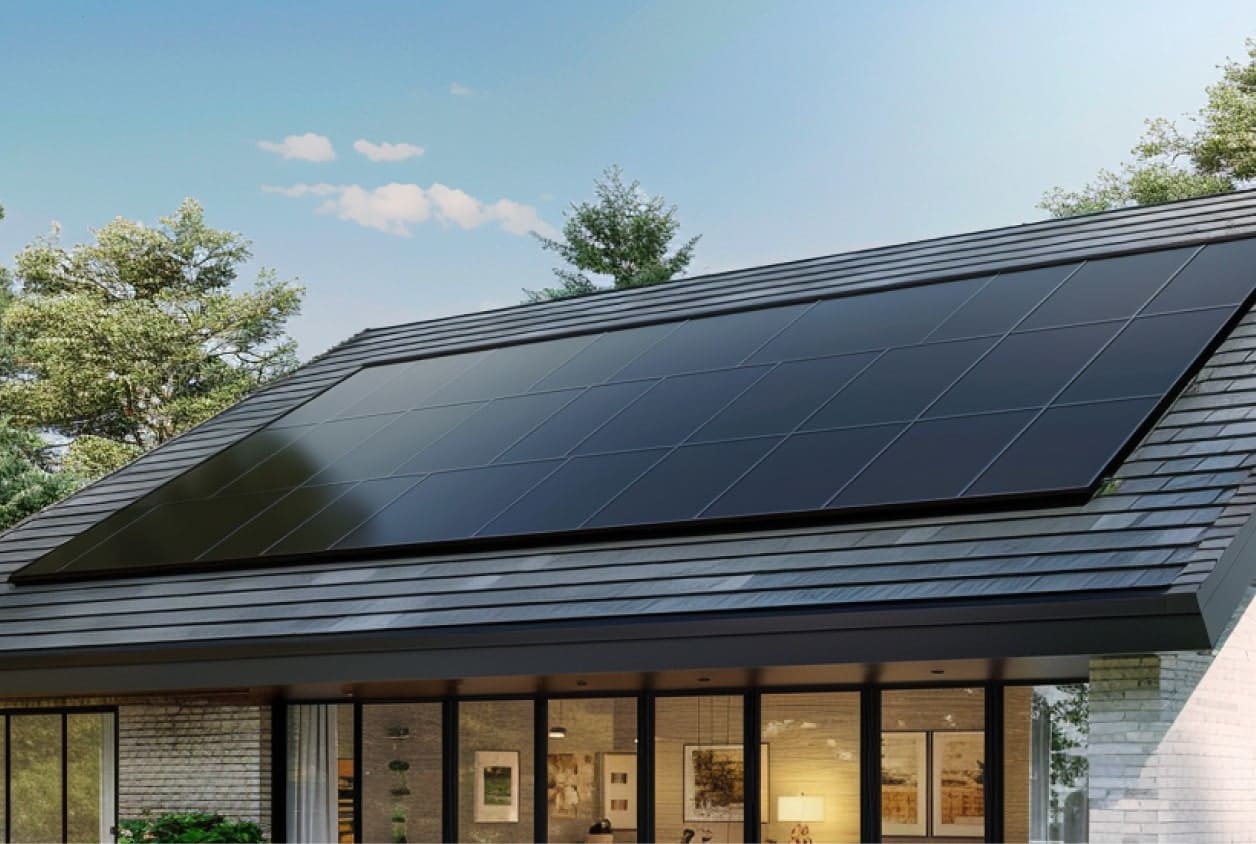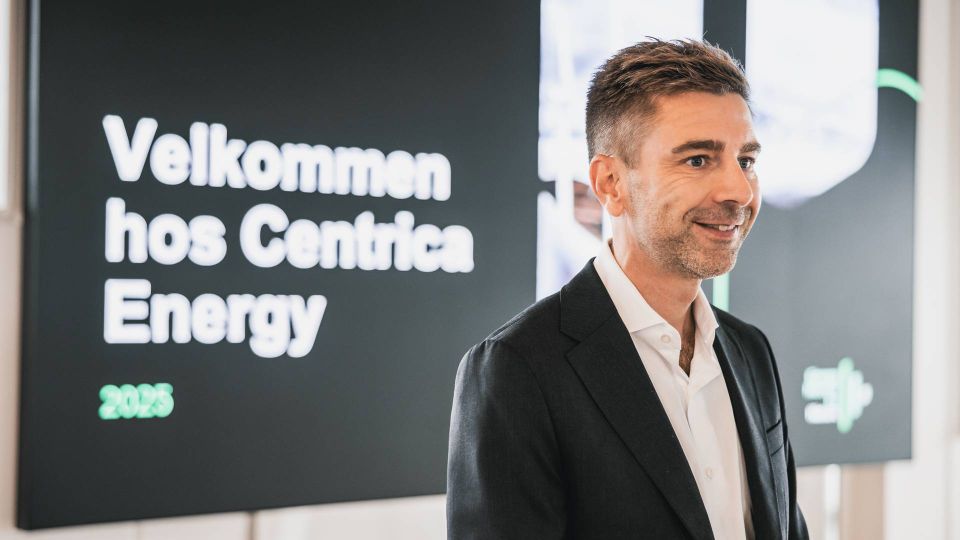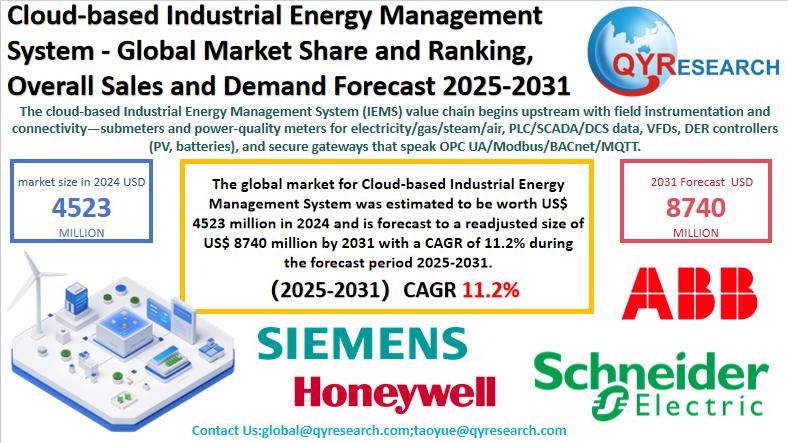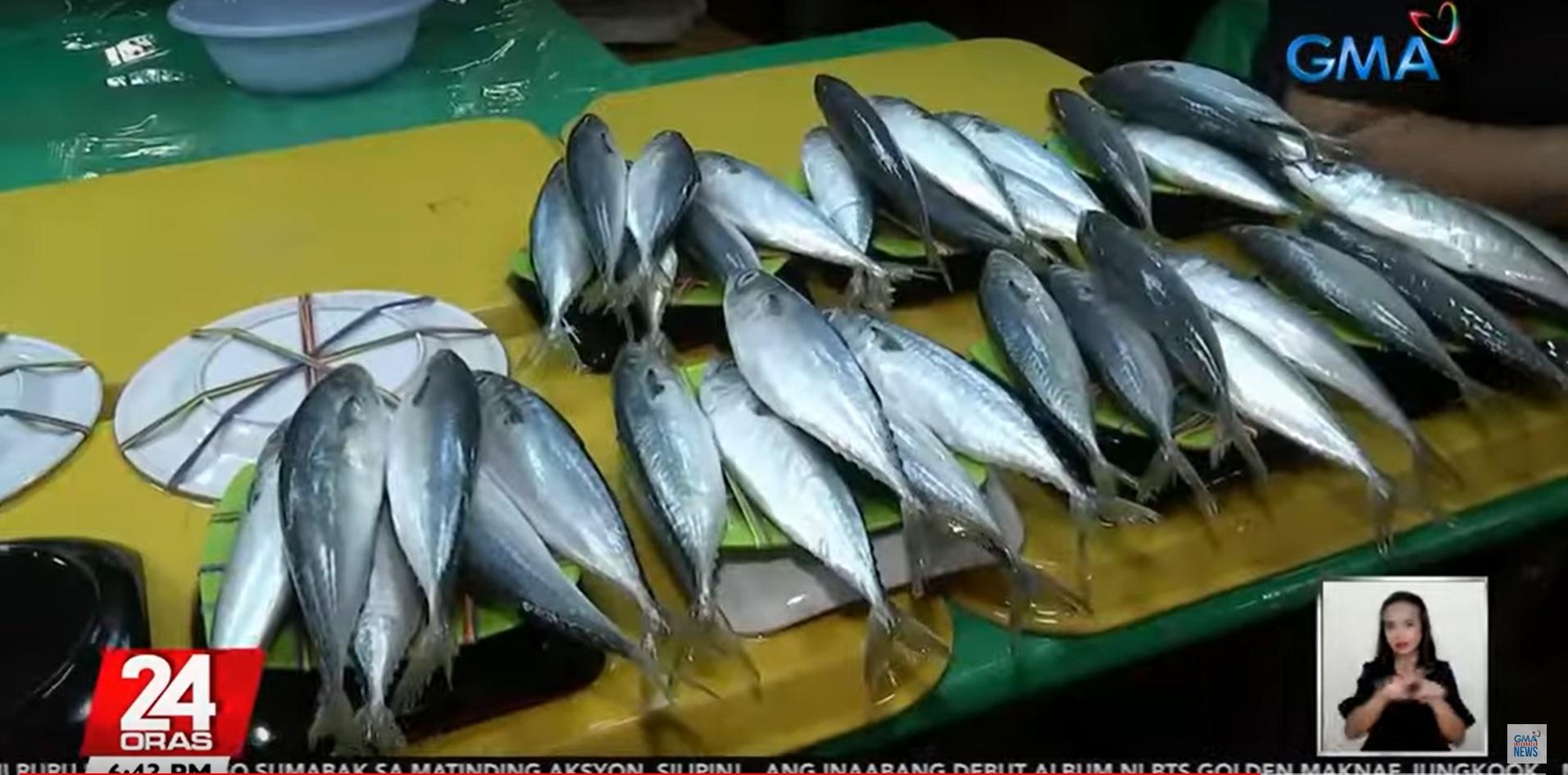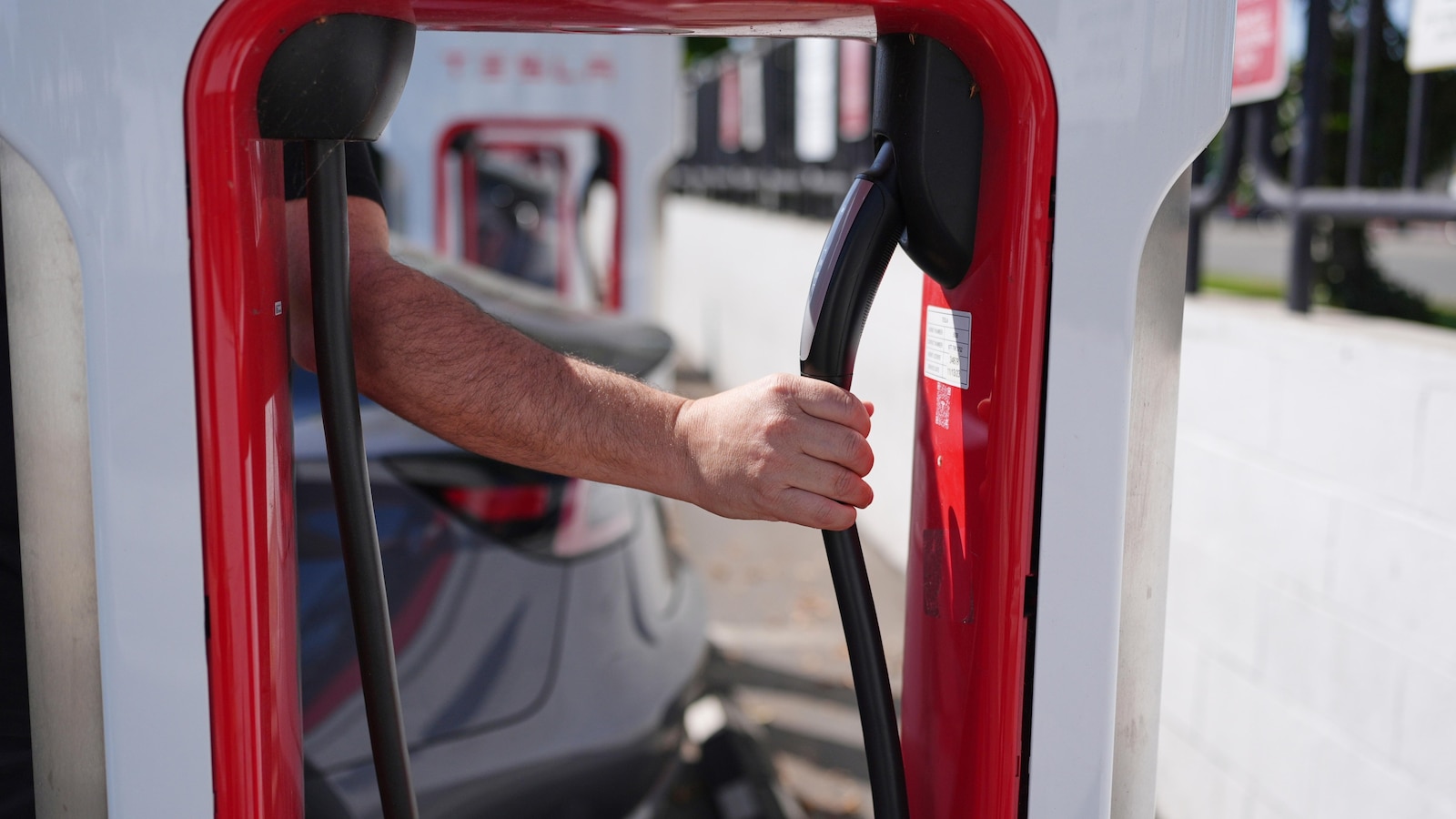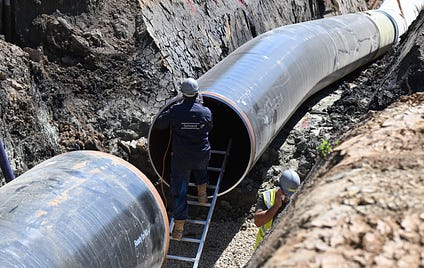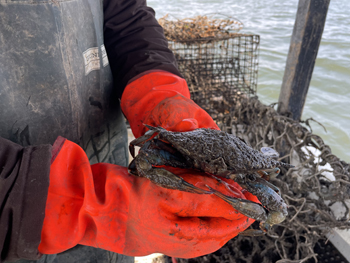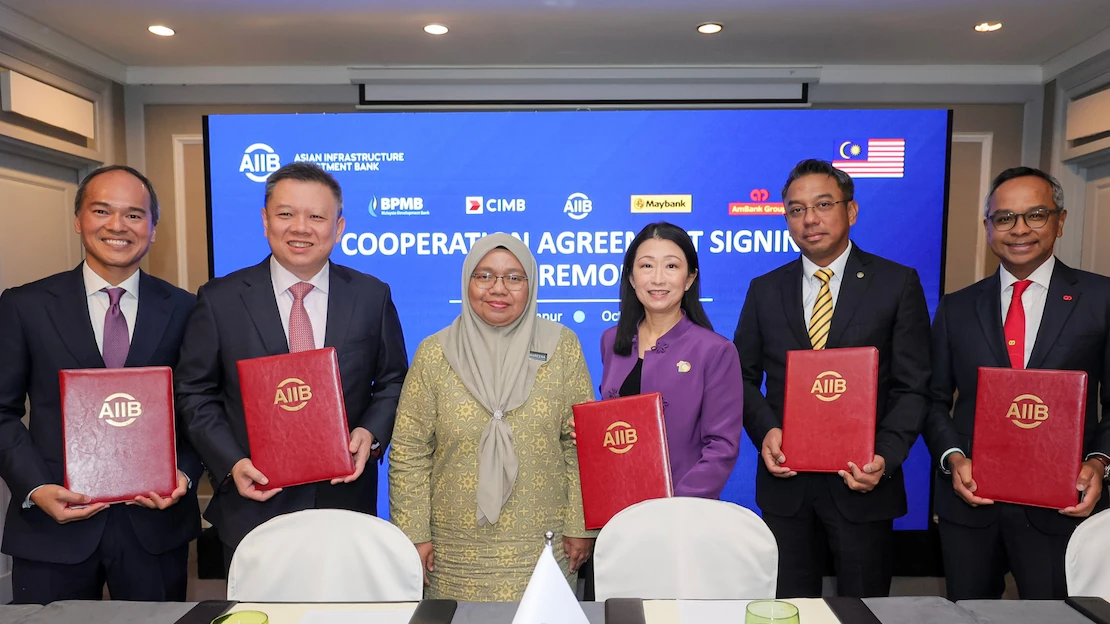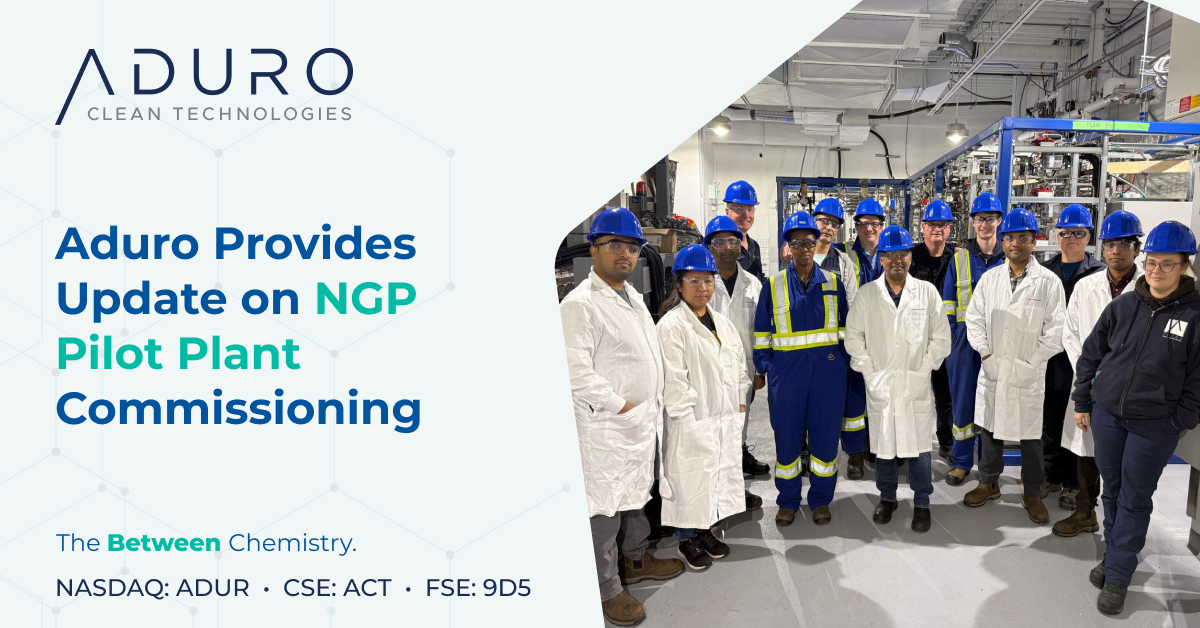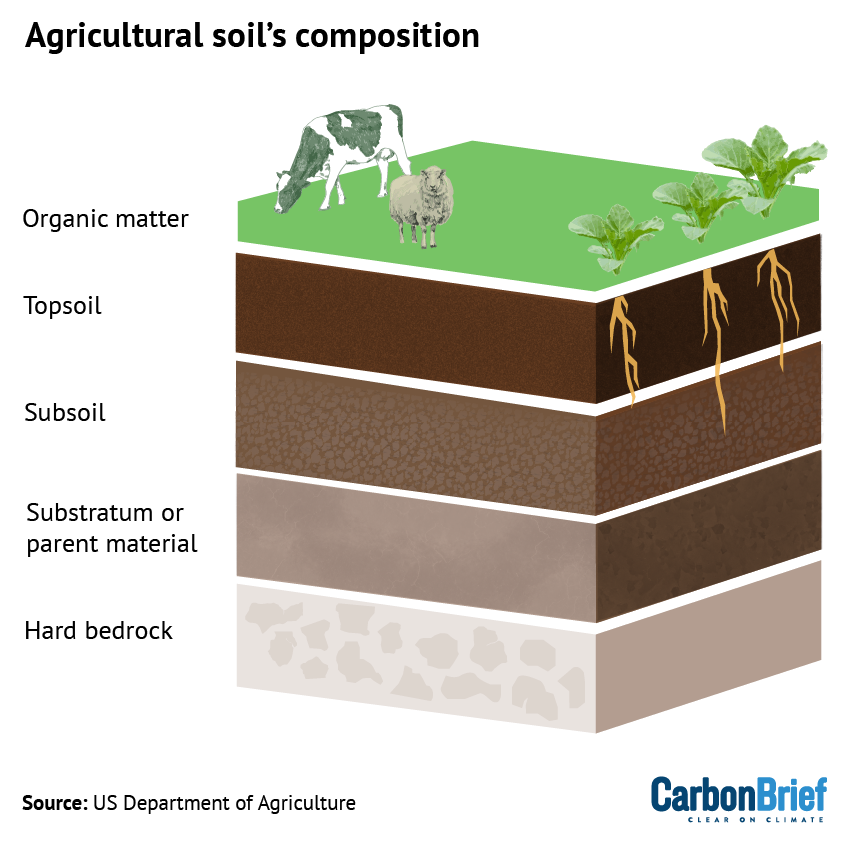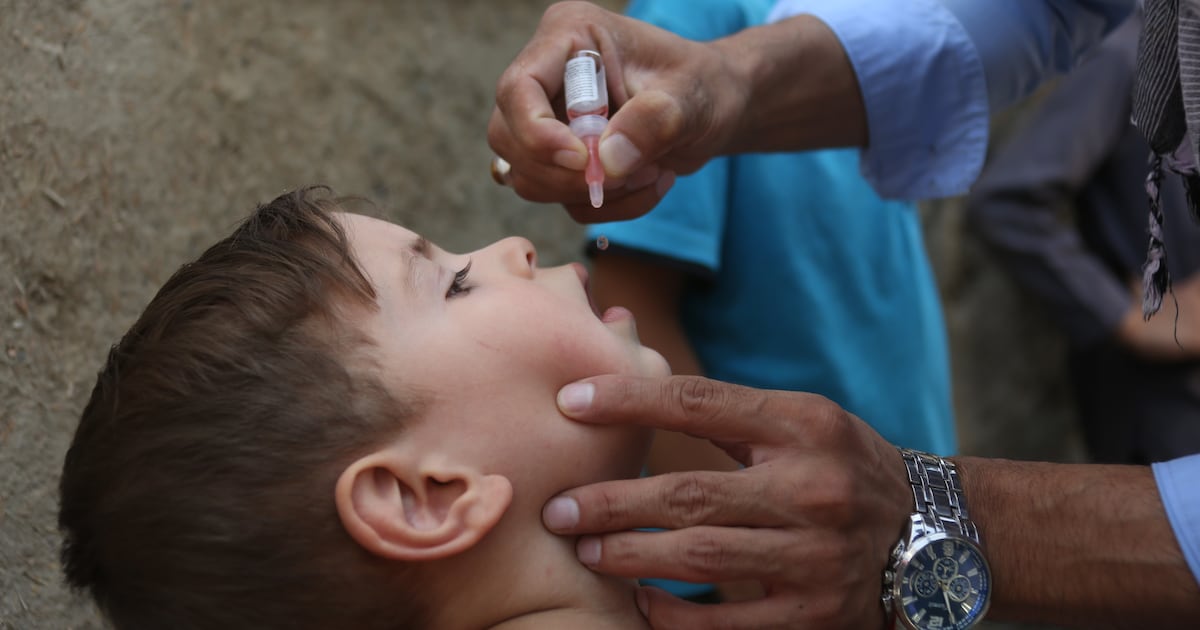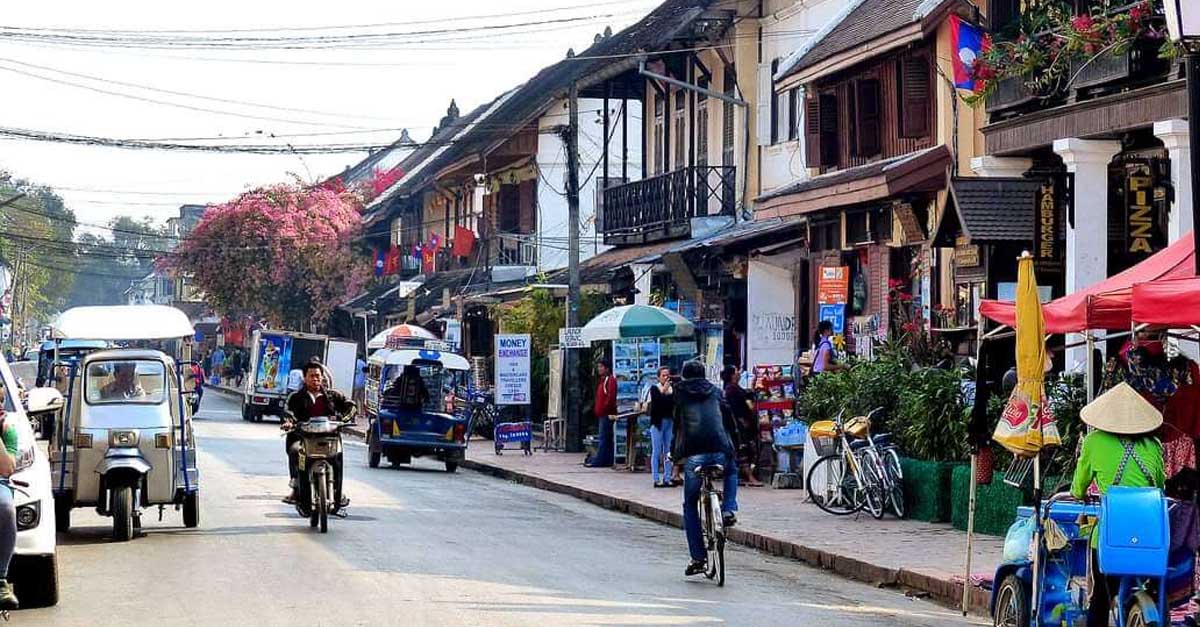HKUST unveils WavyOcean 2.0: a next-generation ocean platform for marine research and sustainability – EurekAlert!
Launch of WavyOcean 2.0: A Digital Twin for Regional Earth System Monitoring
Introduction
The Hong Kong University of Science and Technology (HKUST) has announced the launch of WavyOcean 2.0, an advanced immersive digital twin platform. This system provides a dynamic digital representation of the regional earth system, with a specific focus on the Guangdong-Hong Kong-Macau Greater Bay Area (GBA) and China’s coastal regions. By integrating digital technologies with Earth system research, the platform is designed to provide critical data and analytical tools to support the achievement of several United Nations Sustainable Development Goals (SDGs).
Strategic Alignment with Sustainable Development Goals (SDGs)
WavyOcean 2.0 provides precise data and analytical capabilities that directly support policy-making and research aimed at balancing marine conservation with socio-economic development, a core tenet of the 2030 Agenda for Sustainable Development.
SDG 14: Life Below Water
The platform’s primary function is to enhance the understanding and management of marine environments. Its contributions include:
- Providing detailed data on ocean currents and marine ecology, which is essential for the conservation and sustainable use of oceans, seas, and marine resources.
- Enabling policymakers to make informed decisions to protect vulnerable marine ecosystems from pollution and other anthropogenic pressures.
- Modeling biogeochemical cycles to better understand the health and productivity of marine life.
SDG 13: Climate Action
By creating a coupled model of the ocean-land-atmosphere system, WavyOcean 2.0 serves as a vital tool for climate action. It assists in:
- Monitoring and forecasting atmospheric conditions and their interaction with marine systems.
- Assessing the impact of climate change on coastal regions, including sea-level rise and extreme weather events.
- Providing data to develop strategies for climate change mitigation and adaptation in densely populated coastal zones like the GBA.
SDG 11: Sustainable Cities and Communities
The platform’s focus on the GBA directly supports the goal of making cities and human settlements inclusive, safe, resilient, and sustainable. This is achieved by:
- Tracking the distribution of pollutants in terrestrial watersheds and coastal waters, aiding in urban environmental management.
- Offering immersive visualizations that help urban planners and stakeholders understand complex environmental dynamics and plan for resilient infrastructure.
SDG 6: Clean Water and Sanitation
WavyOcean 2.0 monitors terrestrial processes, including river runoff and pollutant distribution within the Pearl River Basin. This capability is crucial for:
- Managing water quality in major river systems that impact millions of people.
- Supporting efforts to protect and restore water-related ecosystems.
Technological Innovations and Capabilities
The platform, led by Prof. GAN Jianping of the Department of Ocean Science, integrates Earth simulators, Geographic Information Systems (GIS), and digital twin technologies. It is distinguished by three major innovative breakthroughs that enhance its utility for scientific research and policy support, directly contributing to SDG 9: Industry, Innovation, and Infrastructure.
- Comprehensive System Modeling: WavyOcean 2.0 achieves the first three-dimensional coupled modeling of the “ocean-land-atmosphere” system. It integrates data on nearshore currents, biogeochemical cycles, terrestrial processes in the Pearl River Basin, and atmospheric precipitation, overcoming the limitations of fragmented models.
- Immersive Virtual Interaction: The platform introduces a three-dimensional immersive and interactive experience. Users can navigate from a macro perspective of the GBA’s environmental dynamics down to a detailed analysis of specific variables, enabling multi-dimensional exploration of system interconnections.
- Advanced Analytical Tools: It provides derivable analytical variables, emphasizing its function as a powerful tool. This feature allows researchers to uncover scientific patterns within the data, providing precise support for scientific analysis and discovery.
Collaboration and Future Development
Supported by the Earth-HK Areas of Excellence Scheme Project and the Center for Ocean Research in Hong Kong and Macau (CORE), the WavyOcean 2.0 project actively seeks collaboration. This approach aligns with SDG 17: Partnerships for the Goals, recognizing that global challenges can only be solved through cooperative efforts. Interested experts and scholars are invited to contact the project leadership to arrange for platform access and facilitate scientific exchange.
SDGs Addressed in the Article
SDG 14: Life Below Water
- The article focuses on the WavyOcean 2.0 platform, a tool designed for marine research and monitoring. It provides data on “ocean currents, marine ecology,” and the distribution of “pollutants” in the ocean, directly addressing the health and understanding of marine ecosystems. The platform’s goal to support “marine conservation” is central to SDG 14.
SDG 9: Industry, Innovation, and Infrastructure
- The development and launch of WavyOcean 2.0 by the Hong Kong University of Science and Technology (HKUST) is a clear example of scientific research and technological innovation. The article highlights its “innovative breakthroughs,” such as the “three-dimensional coupling modeling” and “immersive interactive experience,” which enhance scientific exploration and infrastructure for research.
SDG 13: Climate Action
- The platform integrates data on “atmospheric conditions” and models the “ocean-land-atmosphere Earth system.” This comprehensive approach is crucial for understanding regional climate dynamics and the interplay between different environmental systems, which is fundamental to climate action and adaptation strategies.
SDG 11: Sustainable Cities and Communities
- The platform is specifically focused on the “Guangdong-Hong Kong-Macau Greater Bay Area (GBA),” a major urbanized region. By providing data to “policymakers” to balance “socio-economic development” with “ecological protection,” it supports the creation of more sustainable and resilient urban and coastal communities.
SDG 17: Partnerships for the Goals
- The project is a collaborative effort supported by the “Center for Ocean Research in Hong Kong and Macau (CORE)” and actively “welcomes collaboration” from other experts and scholars. It aims to provide data to “diverse societal stakeholders,” including policymakers and the public, fostering partnerships to achieve sustainable development.
Specific SDG Targets Identified
SDG 14: Life Below Water
-
Target 14.1: By 2025, prevent and significantly reduce marine pollution of all kinds, in particular from land-based activities, including marine debris and nutrient pollution.
- The article states that WavyOcean 2.0 provides data on the “distribution of rivers and pollutants in terrestrial watersheds,” which directly helps in tracking and understanding the sources of land-based marine pollution.
-
Target 14.a: Increase scientific knowledge, develop research capacity and transfer marine technology, taking into account the Intergovernmental Oceanographic Commission Criteria and Guidelines on the Transfer of Marine Technology, in order to improve ocean health and to enhance the contribution of marine biodiversity to the development of developing countries, in particular small island developing States and least developed countries.
- The platform itself is a new marine technology developed by HKUST to “promote marine research.” The article explicitly mentions that the team has “expanded the boundaries of scientific exploration” and invites collaboration, which facilitates the transfer of this technology and knowledge.
SDG 9: Industry, Innovation, and Infrastructure
-
Target 9.5: Enhance scientific research, upgrade the technological capabilities of industrial sectors in all countries, in particular developing countries, including, by 2030, encouraging innovation and substantially increasing the number of research and development workers per 1 million people and public and private research and development spending.
- The article is centered on an “innovative” digital platform resulting from a university’s research efforts. WavyOcean 2.0 is described as a “leap forward” that “synergizes Earth simulators, Geographic Information Systems (GIS), Building Information Modeling (BIM), and digital twin technologies,” directly contributing to enhanced scientific research and technological capability.
SDG 11: Sustainable Cities and Communities
-
Target 11.b: By 2020, substantially increase the number of cities and human settlements adopting and implementing integrated policies and plans towards inclusion, resource efficiency, mitigation and adaptation to climate change, resilience to disasters, and develop and implement, in line with the Sendai Framework for Disaster Risk Reduction 2015-2030, holistic disaster risk management at all levels.
- The platform provides “policymakers” in the Greater Bay Area with “precise data support” to inform integrated policies that “balance marine conservation with socio-economic development.” This data on the “ocean-land-atmosphere Earth system” is essential for planning related to climate adaptation and resilience in this densely populated coastal region.
SDG 17: Partnerships for the Goals
-
Target 17.17: Encourage and promote effective public, public-private and civil society partnerships, building on the experience and resourcing strategies of partnerships.
- The project is supported by the “Center for Ocean Research in Hong Kong and Macau (CORE)” and actively seeks collaboration with “experts and scholars.” Furthermore, it aims to deliver “vivid visualizations to diverse societal stakeholders,” promoting a multi-stakeholder approach to using data for public good and policy-making.
Indicators for Measuring Progress
For Target 14.1 (Reduce Marine Pollution)
- Indicator: Data on the “distribution of rivers and pollutants in terrestrial watersheds.” The platform’s ability to track and visualize this data serves as a direct measure of capacity to monitor land-based pollution sources.
For Target 14.a (Increase Scientific Knowledge)
- Indicator: The existence and functionality of the “WavyOcean 2.0” platform itself. It is a tangible outcome of investment in marine technology and research capacity. The number of collaborations formed, as invited in the article, would also be a key indicator of knowledge transfer.
For Target 9.5 (Enhance Scientific Research)
- Indicator: The launch of the platform with its “three major innovative breakthroughs,” including the “three-dimensional coupling modeling of ‘ocean-land-atmosphere’.” This represents a measurable upgrade in technological capability for scientific research.
For Target 11.b (Integrated Policies and Plans)
- Indicator: The use of the platform’s “precise data support” and “comprehensive data analysis tools” by “policymakers” in the Greater Bay Area. The adoption of this data into regional environmental and development plans would indicate progress.
For Target 17.17 (Effective Partnerships)
- Indicator: The provision of data and “vivid visualizations to diverse societal stakeholders.” The number and type of stakeholders (researchers, policymakers, public) accessing and using the platform would measure the effectiveness of the partnership.
Summary of Findings
| SDGs | Targets | Indicators |
|---|---|---|
| SDG 14: Life Below Water | 14.1: Reduce marine pollution from land-based activities.
14.a: Increase scientific knowledge and transfer marine technology. |
Data on the “distribution of rivers and pollutants in terrestrial watersheds.”
The WavyOcean 2.0 platform as a new marine technology; collaborations with “experts and scholars.” |
| SDG 9: Industry, Innovation, and Infrastructure | 9.5: Enhance scientific research and upgrade technological capabilities. | The launch of the WavyOcean 2.0 platform featuring “innovative breakthroughs” like “three-dimensional coupling modeling.” |
| SDG 11: Sustainable Cities and Communities | 11.b: Increase the number of cities adopting integrated policies for climate adaptation and resilience. | Use of the platform’s “precise data support” by “policymakers” in the Greater Bay Area for integrated planning. |
| SDG 13: Climate Action | 13.3: Improve education, awareness-raising and human and institutional capacity on climate change. | The platform’s comprehensive data on the “ocean-land-atmosphere Earth system” and “vivid visualizations” used for institutional capacity building. |
| SDG 17: Partnerships for the Goals | 17.17: Encourage and promote effective public, public-private and civil society partnerships. | The platform providing data to “diverse societal stakeholders” and the active invitation for collaboration with “experts and scholars.” |
Source: eurekalert.org
What is Your Reaction?
 Like
0
Like
0
 Dislike
0
Dislike
0
 Love
0
Love
0
 Funny
0
Funny
0
 Angry
0
Angry
0
 Sad
0
Sad
0
 Wow
0
Wow
0






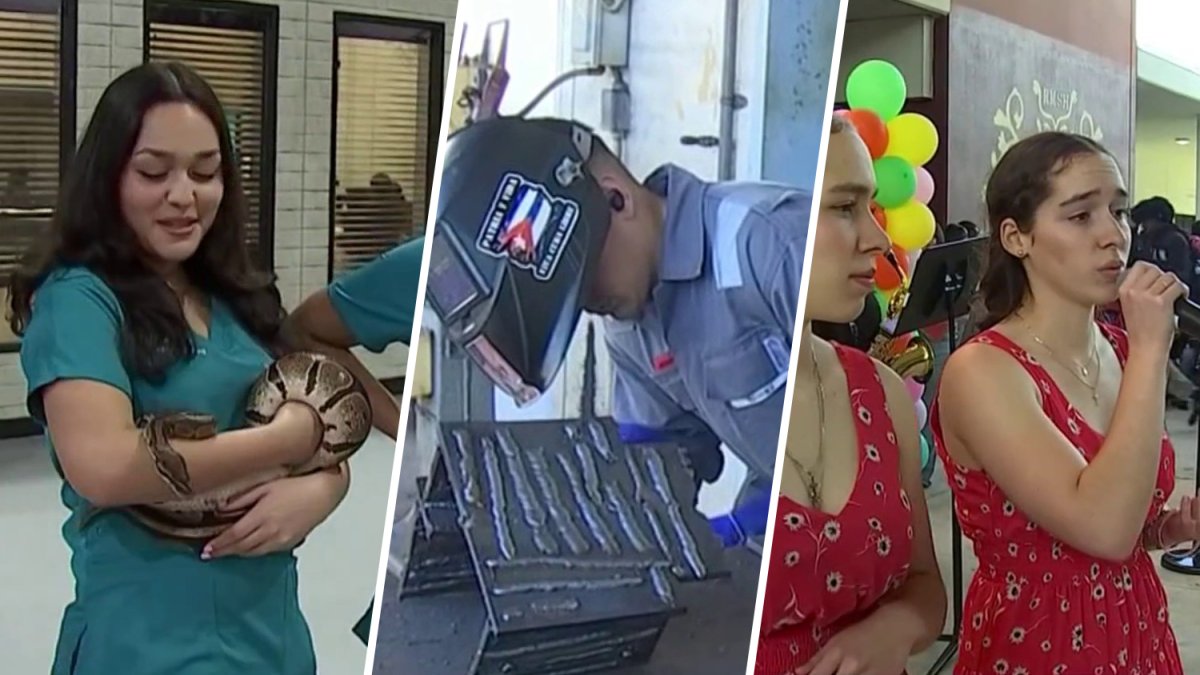
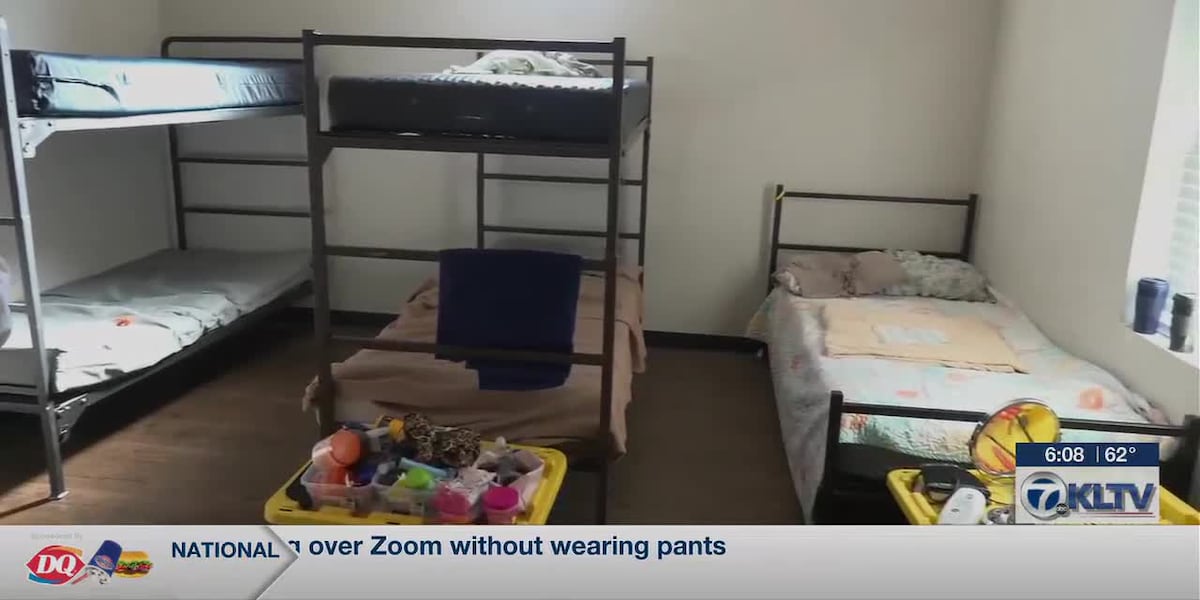















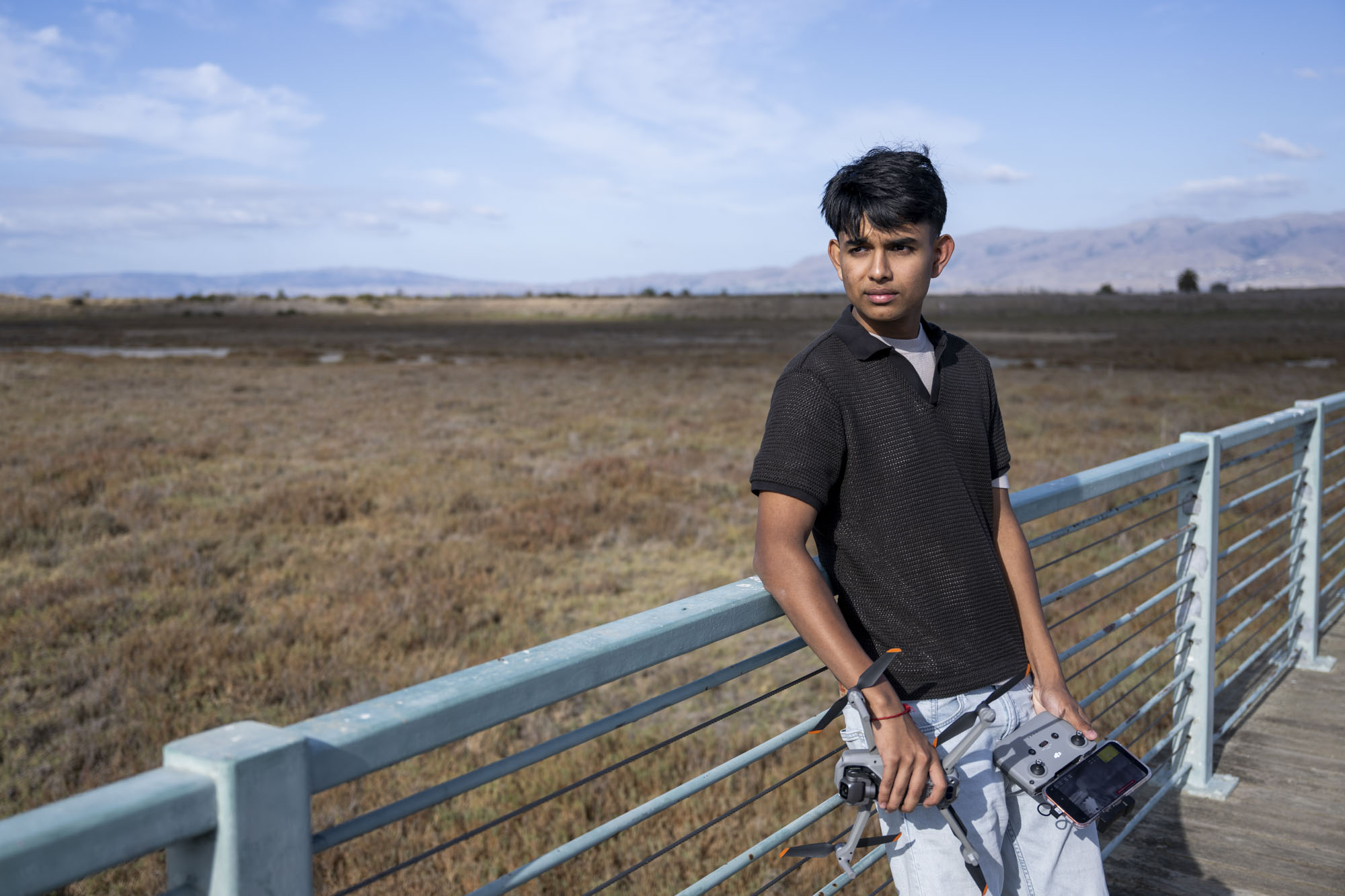

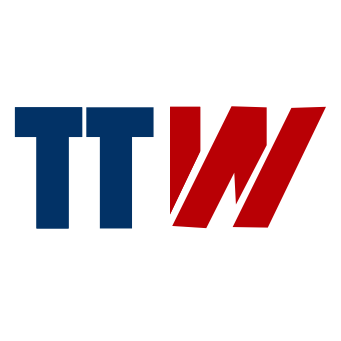

;Resize=805#)

